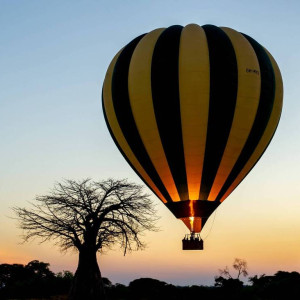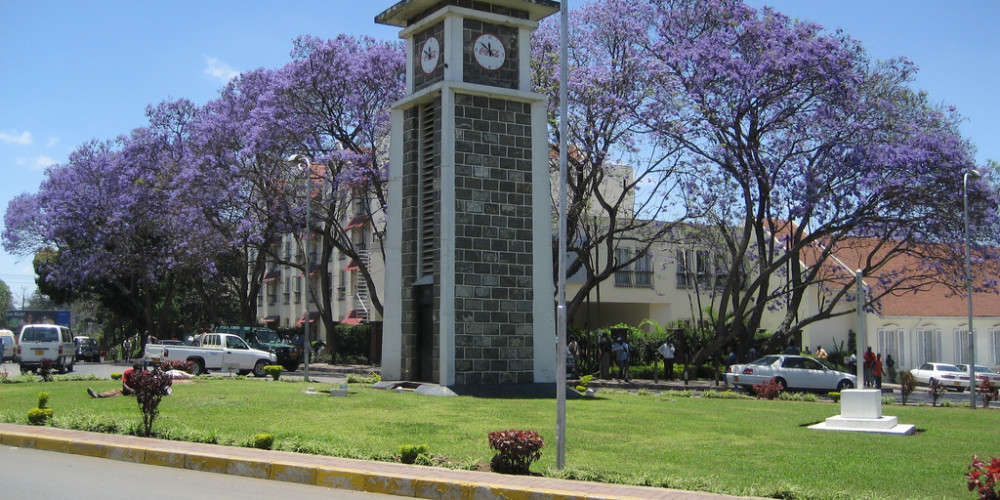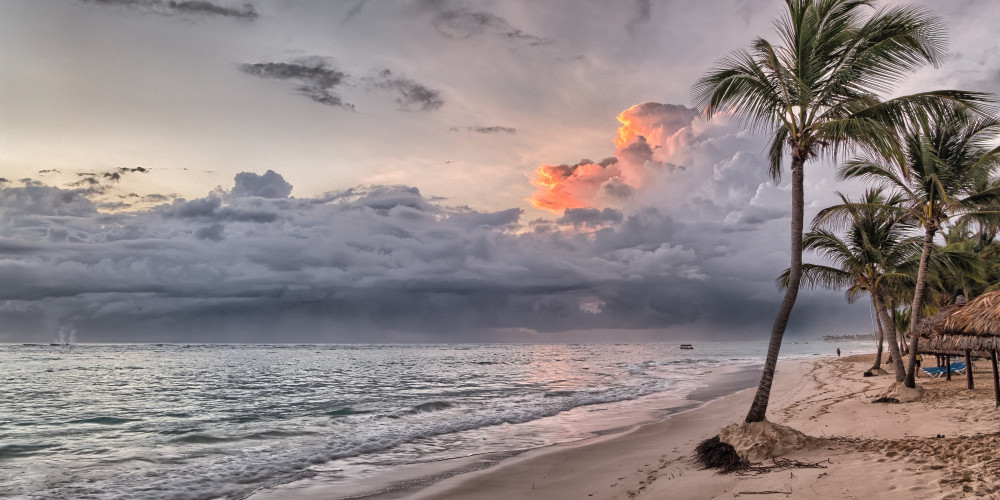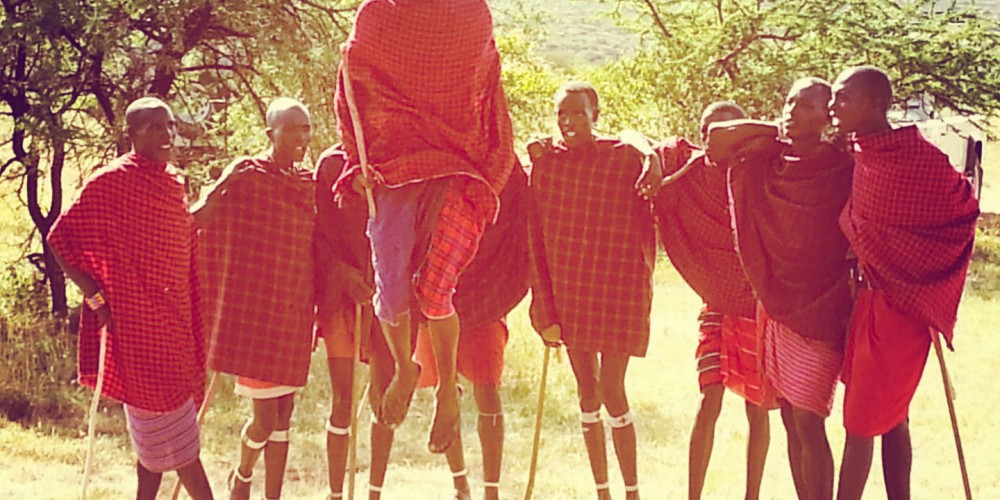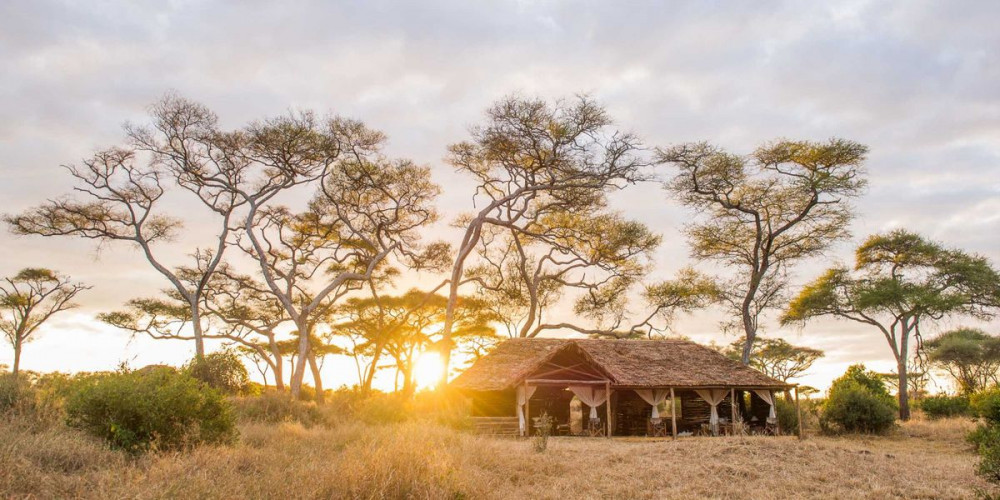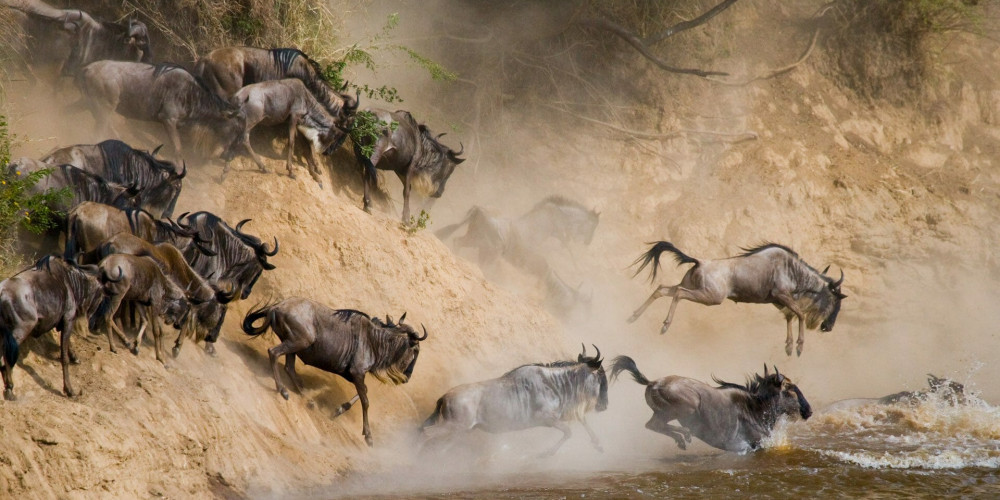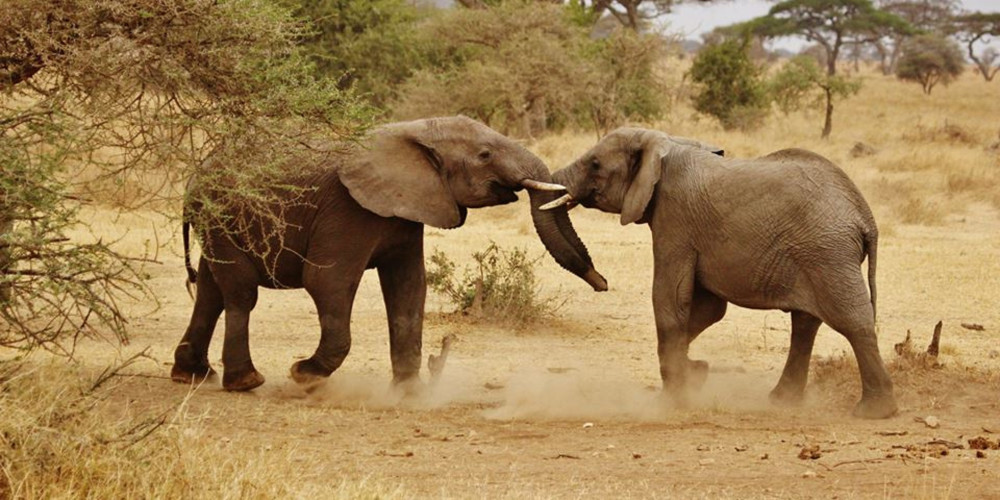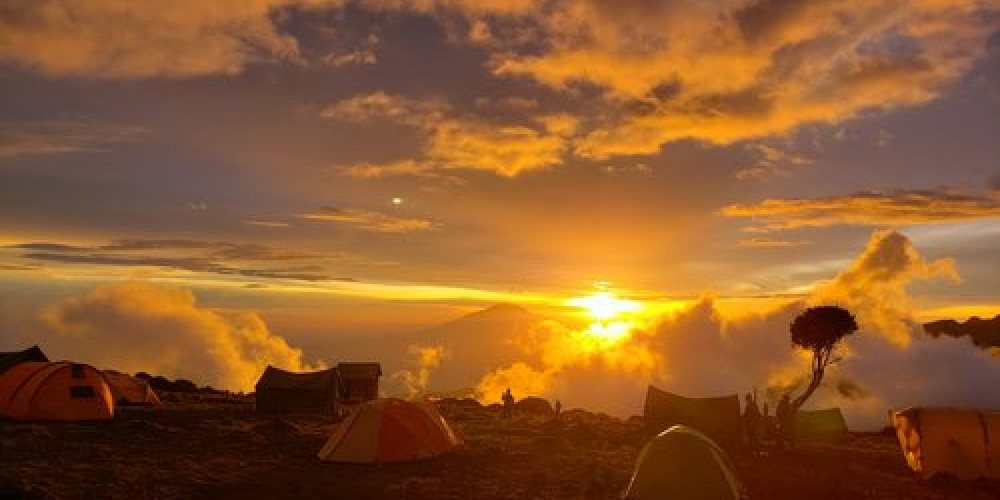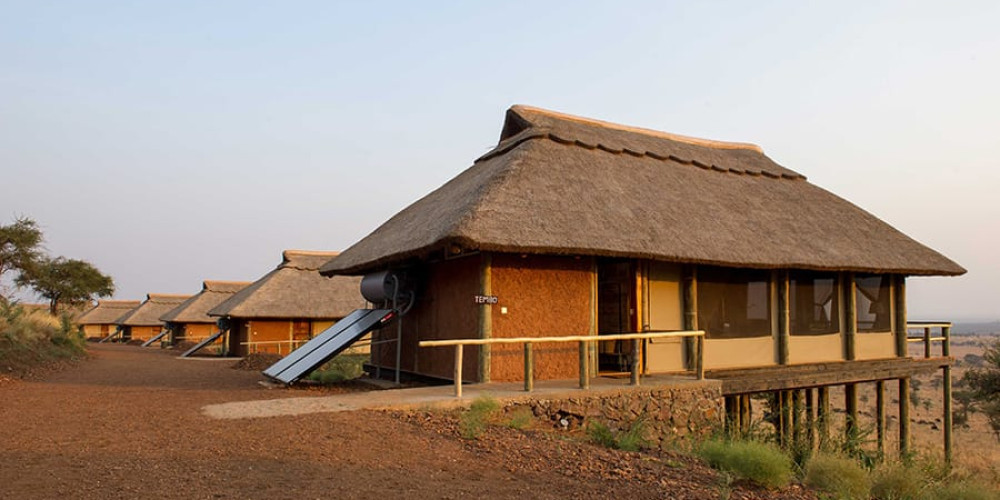lucas
Tanzania Safaris

Tanzania Walking Safaris
Tanzania offers a unique and immersive way to experience its incredible wildlife and landscapes through walking safaris. Walking safaris provide a more intimate and up-close encounter with nature compared to traditional game drives. Here's a guide to experiencing walking safaris in Tanzania:
1. Choose the Right Location: Several national parks and reserves in Tanzania offer walking safari options. Some popular destinations for walking safaris include:
- Tarangire National Park: Known for its diverse landscapes and elephant populations.
- Ruaha National Park: Offers a more remote and off-the-beaten-path experience.
- Selous Game Reserve: The largest protected wildlife area in Africa, known for its variety of wildlife and landscapes.
- Ngorongoro Conservation Area: Experience walking in the Ngorongoro Crater Highlands.
2. Book with a Reputable Operator: To ensure safety and a quality experience, choose a reputable safari operator that offers guided walking safaris. Experienced guides who are knowledgeable about the flora, fauna, and safety protocols are essential.
3. Types of Walking Safaris: There are generally two types of walking safaris in Tanzania:
- Short Walks: These are usually a few hours long and are designed to provide insights into the ecosystem, tracks, and smaller wildlife.
- Longer Walks: These can last for several days and involve walking from one campsite to another, allowing for a more immersive experience.
4. What to Expect: Walking safaris offer the chance to see animals, tracks, and signs that might be missed on a game drive. You'll learn about animal behavior, plants, and local ecology from your experienced guide. However, walking in the presence of wild animals carries inherent risks, so always follow your guide's instructions and adhere to safety protocols.
5. Packing Essentials: Packing appropriate clothing, sturdy walking shoes, a hat, sunscreen, insect repellent, and a good camera will help you make the most of your walking safari experience.
6. Timing: Walking safaris are often done in the early morning or late afternoon when temperatures are cooler. This also increases your chances of spotting wildlife.
7. Responsible Tourism: Practice responsible tourism by adhering to Leave No Trace principles, respecting wildlife and their habitats, and following your guide's instructions to minimize impact.
8. Cultural Experiences: Some walking safaris may also include visits to local communities, providing insight into the cultural aspects of the region.
9. Accommodations: Walking safaris usually involve staying at mobile camps or lodges that cater specifically to this type of experience. These accommodations are designed to be environmentally friendly and provide comfort in remote locations.
10. Fitness Level: Walking safaris can vary in intensity, so it's a good idea to be reasonably fit. However, there are options available for various fitness levels, so discuss your preferences with the safari operator.
Experiencing a walking safari in Tanzania allows you to connect with nature on a deeper level and create lasting memories as you explore the wilderness on foot.

